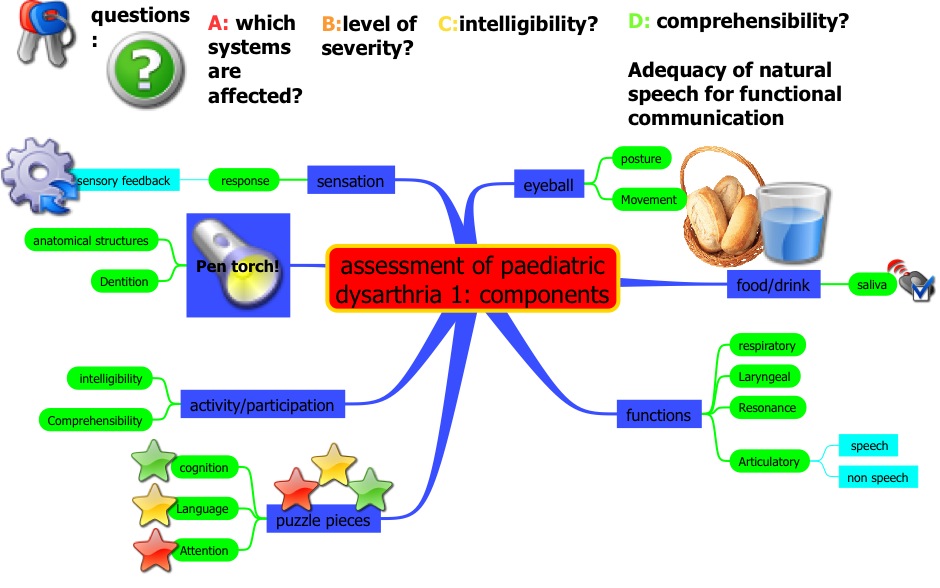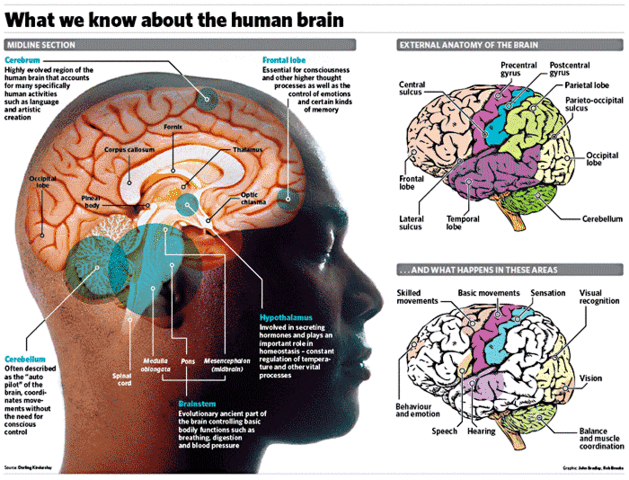Speech Disorders in Children: What to Do About Dysarthria
As a parent, you do whatever you can think of to keep your child safe. You make sure he rides his tricycle with a helmet, you strap him snugly into his car seat, and you even have your mechanic check out every unusual noise to make sure the car is safe. But accidents have a way of happening even when you take every safety precaution. And if your child suffers a head injury, he might also develop one of the many possible speech disorders in children, such as dysarthria.
Speech Disorders in Children
Dysarthria is a pattern of impaired speech. It is a motor speech disorder, meaning that the child has problems using the oral motor muscles to produce speech. Specifically, the muscles of the mouth and face can weaken or move improperly. The respiratory system can also be affected. The exact symptoms and severity will vary, depending on the damage to the nervous system.
Causes of Dysarthria
Like many other speech disorders in children, dysarthria can be caused by many different things. A traumatic brain injury (TBI) is one possible cause. Brain tumors, cerebral palsy, and muscular dystrophy may also cause it. Other causes of dysarthria can include Guillain-Barre syndrome, Lyme disease, myasthenia gravis, and Huntington’s disease.
What Dysarthria Means for Your Child
If your child is diagnosed with dysarthria, he may struggle to control the volume of his speech. You may also notice slurred speech, slowed speech, or labored speech (meaning he has trouble with breath control). Children with dysarthria may also struggle to control the pitch of their voices; they may speak in a monotone or an excessively high or low pitch. Voice quality is often impaired. Children may exhibit nasal or hoarse sounds.
As well, you may notice that your child has trouble with articulation, particularly concerning multisyllabic words. In addition to speech and language problems, children with dysarthria often have trouble with saliva control, chewing, and swallowing.
Speech Therapy for Dysarthria
Speech disorders in children require a customized treatment plan that suits their individual needs. Your child’s speech-language pathologist (SLP) will assess his symptoms and develop a treatment plan. The goals of your child’s speech therapy for dysarthria might include strengthening the oral motor muscles, improving muscle movement, improving breath support, and correcting the rate of speech. The speech therapist will also help your child practice correct articulation if he struggles with that. According to one study, children with ataxic dysarthria can especially benefit from focusing on vocalizing consonants.
Speech Therapy Techniques at Home
Work with your child’s speech therapist to determine helpful activities to do at home. If little Michael struggles to articulate certain sounds, for example, he can benefit from working with Speech Buddies for a few minutes per day. It can also be helpful to maintain a controlled environment that encourages clear communication. Keep the background noise and distractions in your home to a minimum. Give your child plenty of time to speak and watch him as he does so. Let him know which parts of his speech you could understand and which parts you could not hear clearly. Your child might also benefit from nonverbal communication to supplement his speech. He might use gestures, sign language, picture cards, or electronic reader devices to reduce frustration in communication.




